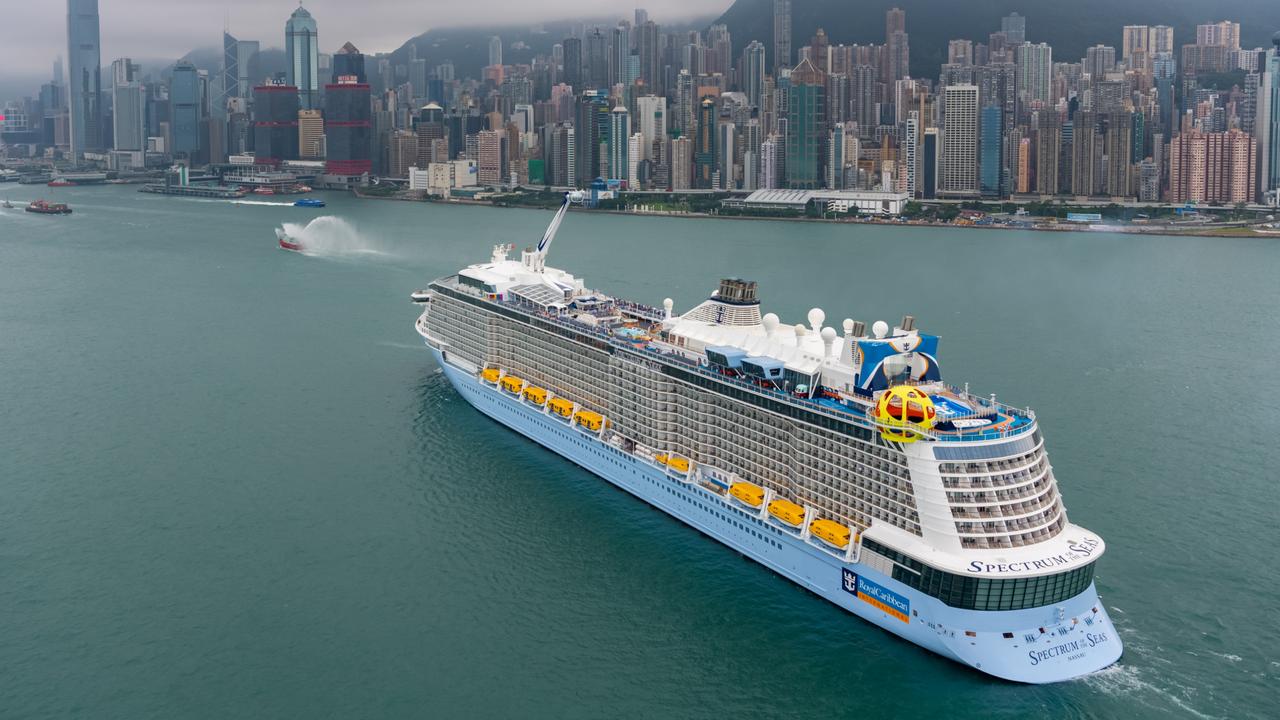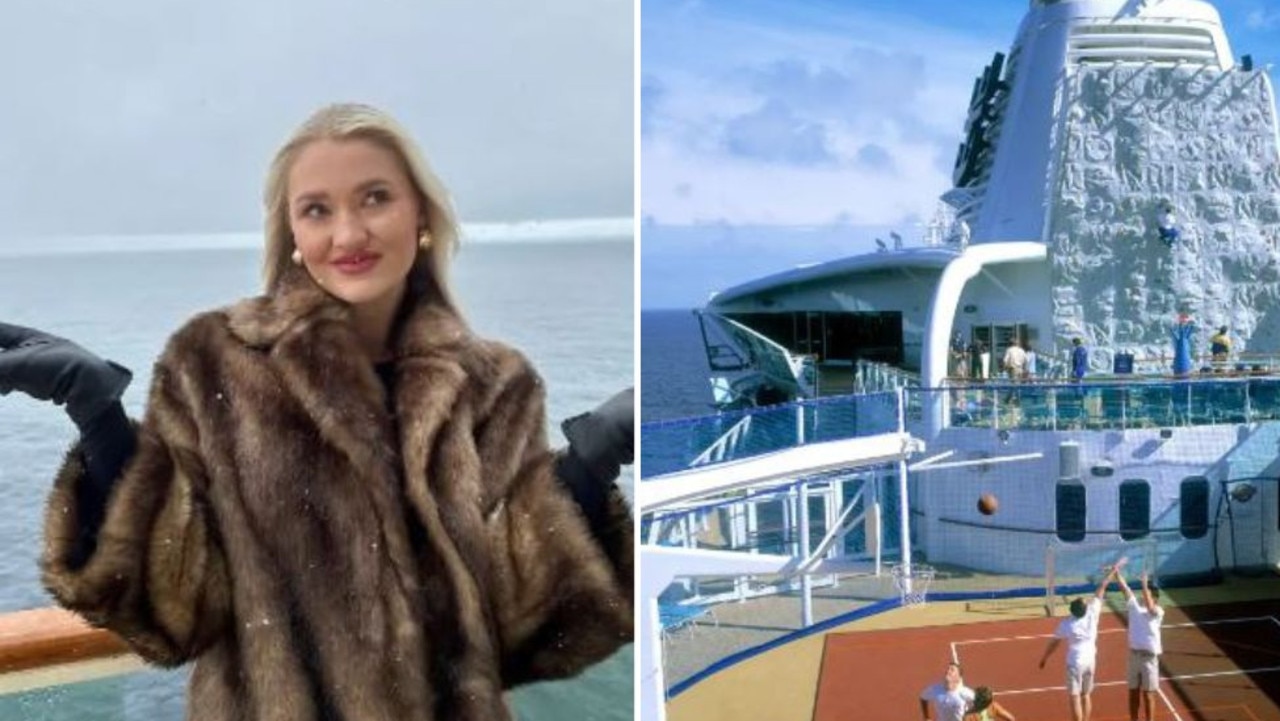Jungle adventure on the Amazon
STORMS, monkeys, mysticism, piranhas, pisco sours and catfish caviar are all part of the fun during a cruise on the mighty South American river.

THE streets of Iquitos rush past my window like scenes from an adventure-travel documentary. I've flown into a remote outpost of the Peruvian Amazon, a city surrounded by rivers and rainforest, the largest city in the world with no connecting roads.
Our mini-bus zooms past timber shacks with iron roofs and skinny dogs curled on concrete steps. Dark-skinned men hawk piles of plantain, bananas and sugar cane on the streets.
Motorbikes, windowless buses and canopied motorcycle trishaws whoosh past brightly painted shops and sidewalk cafes.
It's the kind of place I wish I could hop off and explore on foot but we're on a mission to board a ship to cruise the mighty Amazon River.
The Amazon deserves to be called mighty because it contains a fifth of the water found in all the rivers in the world.
We stretch our legs at the main square and admire the trappings of the rubber boom, which include a statue by French sculptor Auguste Rodin, a cream-coloured Gothic cathedral with lancet windows and turrets, grand Art Nouveau buildings such as the former Palace Hotel, and a house built from iron designed by Eiffel Tower architect Gustave Eiffel.
At Enapu Wharf, aluminium skiffs powered by outboard motors whisk us to the MV Aria, our floating home for three nights. On the outside, the ship looks like a floating oblong office block decked out with timber slats. A cream-coloured canopy covers its bow.
But inside, it's like a plush city hotel. Floor-to-ceiling windows are a feature in the lounge, dining area and cabins. They are a portal to constantly changing views of the rainforest.
On the top deck, a spacious lounge is furnished with comfy sofas, perfect for sinking into with a pisco sour.
The ship's 16 identical cabins are luxurious, chic and roomy. They have sofas, polished floorboards, bathrooms with rain showers, and comfortable king beds.
I'm excited about my floating hotel room (Cabin 101) until the ship starts moving and the engine noise makes it difficult to have a conversation and impossible to sleep. By day two, I feel as if I've been trying to nap in the engine compartment of a cement truck. Light sleepers should ask for a cabin on the upper floor at the bow.
Noise and vibrations aside, MV Aria is a luxurious way to experience the treasures of the Amazon. Meals are taken in the ship's dining room, where chefs serve up a cornucopia of Peruvian cuisine prepared with ingredients from the rainforest.
Each day, there's a buffet lunch and the nightly multicourse tasting menu is sophisticated and creative, with exotic delights such as armoured catfish caviar, fresh muyaca berries and grilled paiche, a huge Amazonian fish. Wine from Argentina and Chile flows freely at meal times.
The highlight of the cruise is the skiff excursions, held twice daily and led by four knowledgeable riberenos (or river dwellers) who grew up on the banks of the Amazon.
Most of our time is spent in the Pacaya Samiria National Reserve. The excursions start early, often before breakfast.
Our first morning on the river brings us pink dolphins, squirrel monkeys, three-toed sloths and iguanas camouflaged on a low-hanging tree branch. Blue and yellow macaws, caracaras and hawks glide above the treetops.
Our guides are humorous and informative. We learn that iguanas taste like chicken and piranhas are not the vicious man-eating creatures portrayed in Hollywood movies. At Moringa Lake, we anchor among the reeds to fish for red-bellied piranhas. The gear is basic: a stick with a piece of string, hook and a tiny piece of meat. Only a few of us catch a piranha but the guides keep hooking them in.
As it's high-water season and most of the forest is flooded, the skiffs carry us deep into the jungle, closer to the treetops than if we had been on foot. It gives us the chance to glimpse saddleback tamarinds with bushy moustaches, night monkeys and squirrel monkeys, which eat mosquitoes and cockroaches.
Even so, most sightings are from a fair distance and binoculars or a camera with a good zoom are essential.
One excursion that doesn't require binoculars is a visit to San Francisco village on the banks of the Maranon River, a tributary of the Amazon.
We gather in groups in the villagers' homes. I visit the home of 38-year-old Segundo and his 25-year-old wife, Magale, who is frying fish for the evening meal. Their three children stare at us curiously.
From Segundo, we learn that the villagers are fishermen and farmers, who grow corn, papaya and rice. Segundo grows bananas, which he sells in Nauta, a town along the river.
The money he earns is used to buy kerosene, sandstone and medicine. Rain and river water is collected for drinking and bathing. Each family contributes $US5 ($A5) a month to buy diesel for a common electricity generator.
The villagers practise a form of Christianity, brought here by Franciscan monks, sprinkled with local mysticism.
The village shaman dispenses odd-smelling mixtures stored in old bottles for ailments that range from colds to cancer. But I'm surprised to learn that Magale uses birth control pills provided cheaply by the government.
Day three brings us sightings of three more varieties of monkeys and a huge storm on the Ucayali River.
Rain pelts our hooded ponchos and stings my face. Water seeps on to my seat, and my pants, socks and shoes are sopping wet. Back on board, the storm rages around us as we gather in the lounge to watch a cooking demonstration, a cocktail-making class and a towel-folding lesson.
By late afternoon, the rain has eased and we're back in the skiffs cruising along the black water stream of the Dorado River.
The guides throw anchor at a spot near the confluence of the Ucayali and Maranon rivers, known as the Birthplace of the Amazon, and break out the champagne.
We toast ourselves and watch the the powdery blue dusk disappear into the night.
-- The writer was a guest of Scenic Tours.
Go2
THE AMAZON
Getting there
Qantas flies from Australia to Santiago with connections to Iquitos (via Lima) on oneworld partner LAN Airlines.
Ph 13 13 13 or see qantas.com
When to go
The Amazon has two seasons: high water (December to May, best for exploring by skiff) and low water (June to November, best for jungle hiking).
Getting around
Scenic Tours' 32-day South American adventure includes flights around South America and a three-night cruise on MV Aria.
Ph 1300 723 642 or see scenictours.com.au



